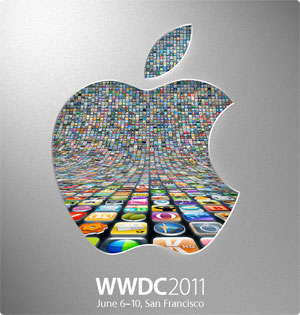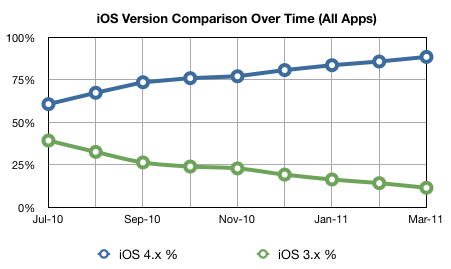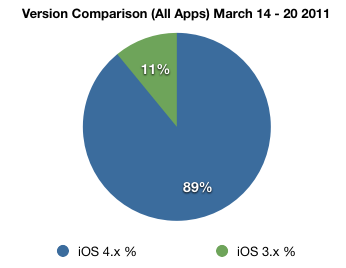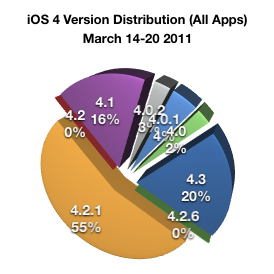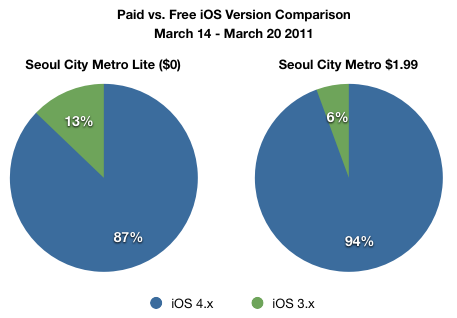It’s been a number of months and some incredibly late nights in the making but the new realestate.com.a iPad App finally went live in the App Store last Friday, August 12. I was lucky enough to be able to give a demo of the app the night before release at the August Melbourne Cocoaheads meeting to one of the largest crowds to date!
I joined the REA Group mobile team back in March 2011 to help with the continuing development of their iPhone app, and after a UI uplift release for the iPhone we started working on a universal iPad app. After some hiccups along the way, we managed to deliver a brilliant looking, stable app that I’m really proud to have worked on. I’d say it’s reset the bar for iOS property apps and is streets above the competition.
The REA Mobile team is lead by Kevin O’Neill (@kevinoneill), second chaired by Luke Cunningham (@icaruswings) and backed up by Steve Hollaway, Ben Thomas, Mike Rowe, Myles Abbot, Mujtaba Hussain and myself.
Some awesome technical bits / features of the app include:
- Custom forms (IBAForms) for advanced property searches.
- A gorgeous custom UI including the little bits that are really hard to customise.
- Custom map callouts are really hard to customise.
- It’s a true universal app it has a shared underlying code base and consistent behaviour, look and feel.
- It rotates, and it rotates like a boss. Rotate it, and see it resize itself without any of that crappy UI flickering you see elsewhere.
- Swishy tap, pan and swipe gesture recognisers all over the place make interactions really fluid.
- It’s damn fast with it’s own purpose built back end.
- It’s stable. We tested the crap out of this app!
- It caches images and searches and other things; it also behaves nicely when errors occur.
- It’s using the latest iOS 4+ technology and minimal amounts of old legacy code.
- It leverages/wrangles a handful of awesome open source frameworks.
- It sets the bar for it’s category in mobile property apps.

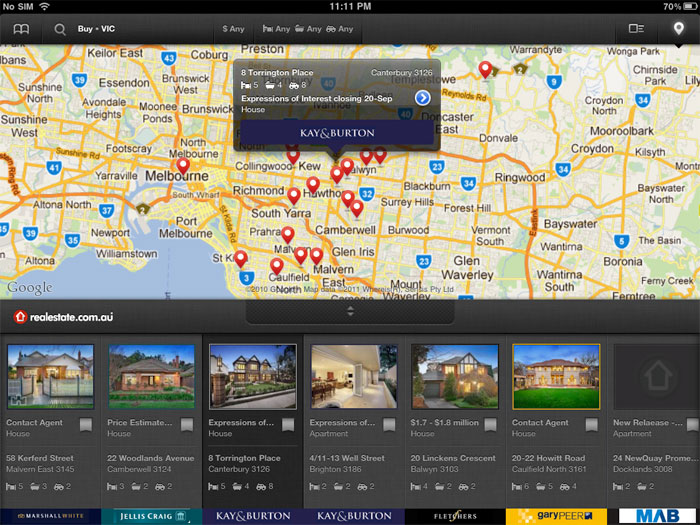
So yeah ! If you haven’t already - check it out on iTunes -> Realestate.com.au in iTunes

